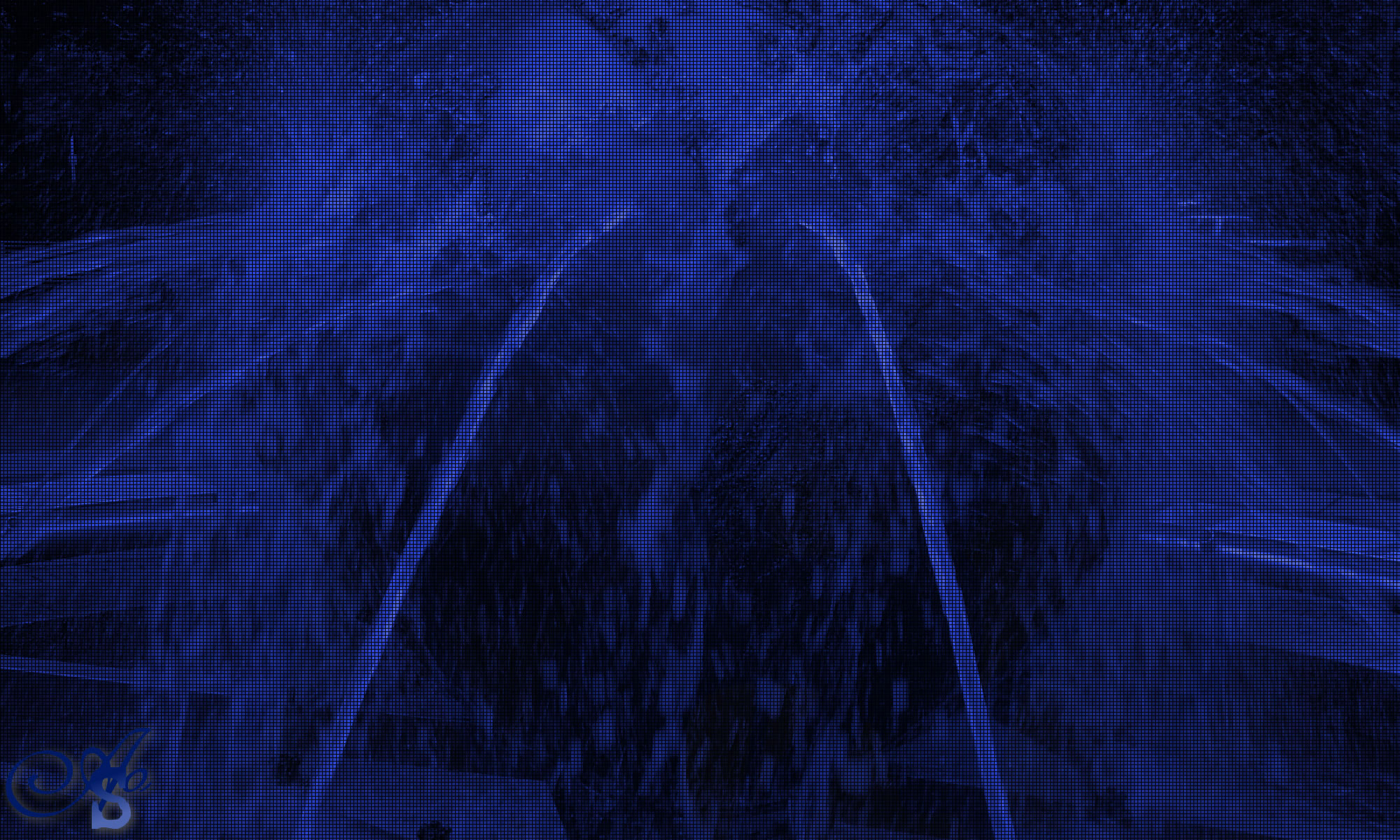Last weekend, I finally had time when Mother Nature was cooperating well enough to permit me to do some range testing on some of my newer water blaster acquisitions. As noted on iSoaker.com, range tests were completed for the Water Warriors Drench Force, Water Warriors Steady Stream X, Xshot Typhoon Thunder, Nerf Super Soaker DartFire, Nerf Super Soaker Zombie Strike Revenge Infector, Adventure Force Super Storm, and Adventure Force Hydro Blitz. For those interested in the various stats, please visit the specific water blaster model’s page of interest. Instead of merely listing results in this post, I want to share some of my other observations from the range tests.
Thoughts from Range Testing (2017) .:
One significant and notable difference observed these days is that the majority of water blasters tested were pump-action water guns. Only the Adventure Force Super Storm is pressurized while the Water Warriors Steady Stream X offers limited stored energy, though functionally works like a pump-action water blaster. What I noticed during testing (which I’ve seen in the past) was that regardless of how well or poorly a pump-action stream’s lamination was when exiting the nozzle, due to the difficultly in keeping the nozzle steady when pumping, it was all but impossible to produce a stable stream when trying to pump more rapidly. Even slower pumps suffered from stream jitters resulting in broken streams and reduced range.
My feeling is that my inability to keep nozzles steadier resulted in the slightly-less-than-advertised range I was able to obtain for the Water Warriors Drench Force. My output and video recording of the Water Warriors Drench Force in action indoors showed a water blaster capable of producing a beautifully laminar stream since its nozzle and water flow path through the pump-out phase are all in line. However, I found many of the streams I could produce during range tested tended to break up earlier than expected which would undoubtedly increase the drag experienced by the water, thus reducing how far the droplets can travel.
For other water blaster models that produce thinner streams, the nozzle jitters and subsequent loss of cohesion of the stream are even more apparent.
In sharp contrast to the stream jitters of the pump-action models, the Adventure Force Super Storm has the advantage of being pressurized, thus can be held quite steadily when doing range tests. Nozzle jitters were not as issue when testing this model. Unfortunately for the Adventure Force Super Storm, the lamination of streams produced by its various nozzle settings were poor from the outset, thus its streams still tended to fall apart early, resulting in poor relative range performance compared to other pressurized water blaster models of similar output.
However, there was one additional variable I had not considered before. Unlike previous years wherein I had pre-filled water blasters being tested with water, then headed outside to do the range testing, this year I had initially opted to fill water blasters from an available garden hose. Doing so, I noticed the water from the hose seemed to be more frothy than usual; perhaps something to do with how the pressurized water travels through the hose to the nozzle. While I would wait for the bubbles to settle before attempting range testing, I suspect the increased gas content of the water may also increase the likelihood of loss of stream cohesion. To reduce this effect, I ended up opting to first fill a separate empty 1 gallon milk jug, waiting for the bubbles to settle and disappear, then pouring the significantly less frothy water into the reservoir of the water blaster being tested.
Other Variables .:
Water quality and nozzle jitters aside, the greatest other variable when doing range testing seems to be wind. While this should not be particularly surprising, I will note that during this year’s range tests, there was a slight, intermittent breeze usually blowing against the direction I was blasting, though its direction would vary from time-to-time into partial cross-breezes. When I do range testing, I do several blasts both horizontally and angled and have a good sense of a stream was adversely affected by wind. While I believe the ranges measured should be fairly accurate for the water blaster models tested, I did note that when the light breeze did blow, effective ranges were reduced between 5′-10′.
Conclusions .:
As always, I always strive to provide the most accurate water blaster statistical information for iSoaker.com. As noted above, beyond the wind variable, I became more acutely aware of two other variables that can adversely affect stream performance: nozzle jitters and water gas content. By the end of this year’s testing, I believe I still managed to measure optimal performance for all the water blasters tested, but testing also took me longer than usual to overcome the above noted challenges.
Soak on!

